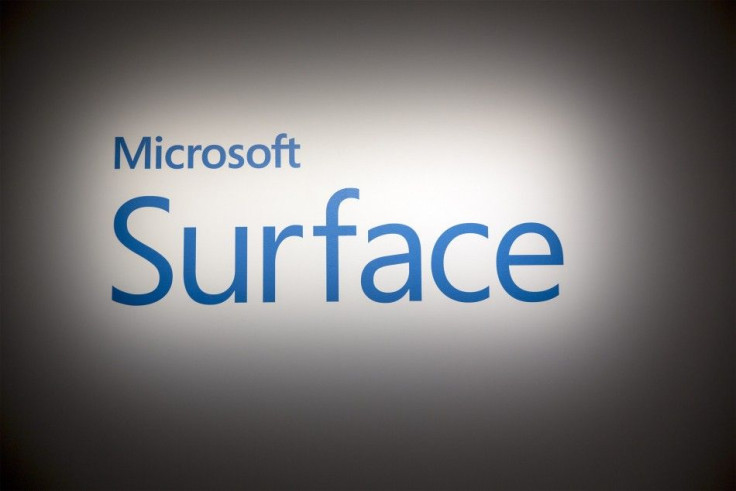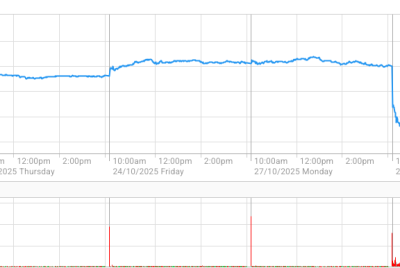Hyper-V feature causes Microsoft Surface Pro 4, Surface Book screens to flicker
To fix the flickering screens, Hyper-V must be disabled

Microsoft has just unveiled its Surface Pro 4 and Surface Book hybrid tablets but consumers have taken to the Internet to report problems. Apparently, these devices' screens keep on flickering for an unknown reason.
The Redmond-based tech giant quickly addressed the issue, however, and came up with a temporary fix, according to Tech Times.
The hype heading to the Surface Pro 4 and Surface Book's release was very high since the Surface Pro 3 was a successful Microsoft product. These two recently released tablets are packed with sixth generation Skylake processors from Intel; have more RAM and more available options for SSD sizes. They’ve also got other specs the Surface Pro 3 also features. That said, they didn’t disappoint tablet users and garnered high ratings from tech critics.
Lots of people fell in line just to get these tablets. Some of these buyers, however, were those that complained about flickering screen displays. Several even uploaded videos of the flickering screens of their Surface Pro 4.
Some users noticed the flickering screen issue only started when the Hyper-V feature was enabled. The root of the problem was investigated, and it turned out the Hyper-V was the culprit that made the Surface Pro 4 and Surface Book's screens constantly flicker.
"The Windows logs also show complaints from Hyper-V that the 'GPUs are not compatible and this configuration is not supported,'" wrote a member of the Microsoft community on Microsoft Answers.
To fix the flickering screens, Hyper-V must be disabled. Users only have to type CMD into the search bar. Once located, users have to right click the link and run it as administrator. Disabling the tablets' Hyper-V feature should solve the problem.
Contact writer at feedback@ibtimes.com.au, or let us know what you think below.





















